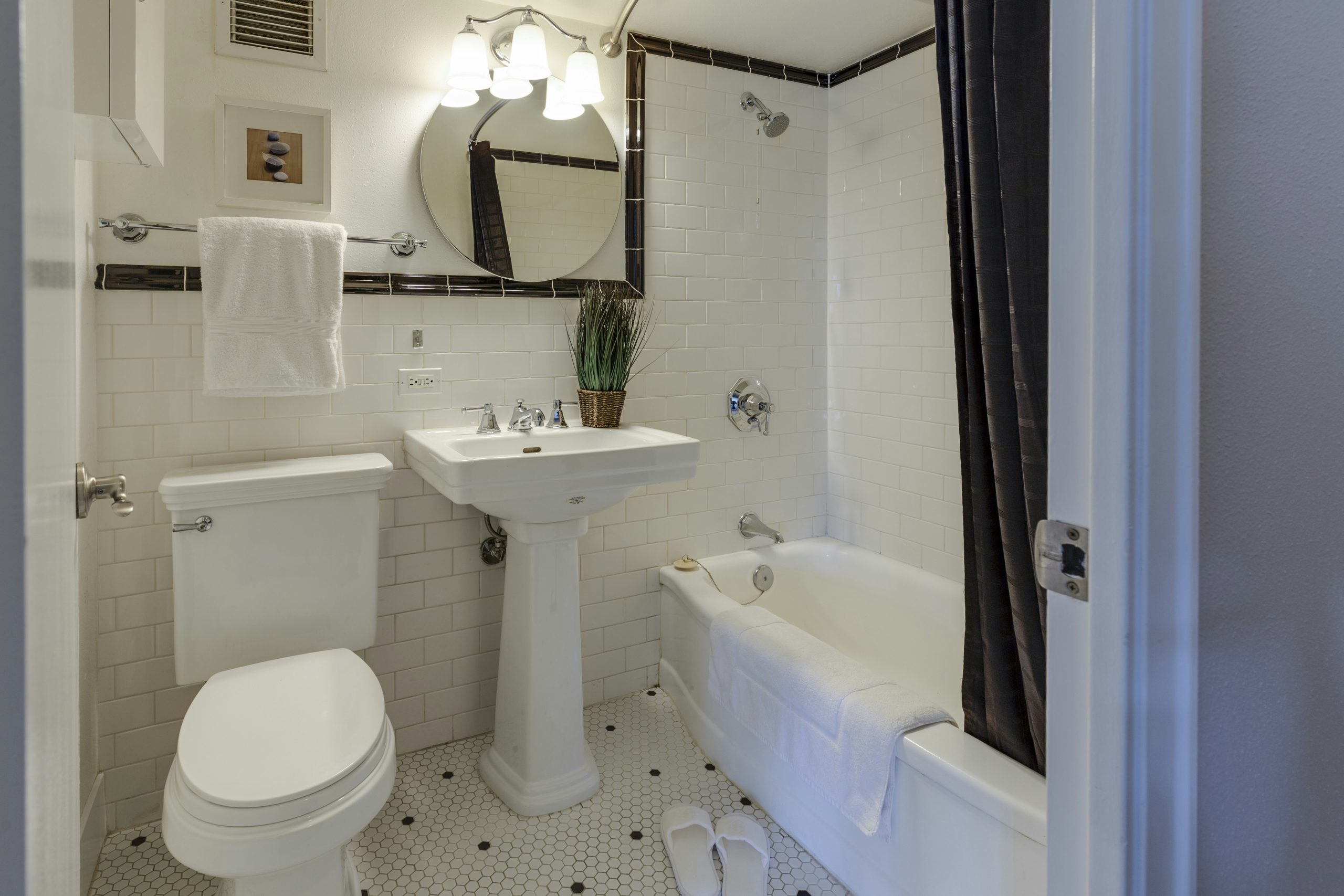Introduction to mildew resistant silicone sealant
Mildew can be a sneaky intruder in our homes, thriving in damp and humid conditions. It often appears where we least expect it, turning beautiful spaces into unsightly messes. That’s where mildew resistant silicone sealant comes to the rescue! This handy product not only helps keep your home looking fresh and clean but also protects against moisture-related damage. Whether you’re sealing up cracks or creating a barrier against water intrusion, this versatile sealant is an essential tool for any homeowner or DIY enthusiast. Let’s dive into the common areas prone to mildew growth and discover how to effectively use mildew resistant silicone sealant to maintain a healthy living environment.
Common areas where mildew can grow in homes and buildings
Mildew thrives in damp, warm environments. Understanding where it commonly grows is essential for maintaining a healthy space.
Bathrooms are notorious mildew hotspots. The constant moisture from showers and baths creates the perfect breeding ground.
Kitchens also face similar issues, especially around sinks and dishwashers where water frequently spills or leaks.
Basements tend to be cooler and more humid than other parts of the home. Poor ventilation here can lead to significant mildew growth on walls and flooring.
Crawl spaces are often dark and damp, making them ideal for mildew proliferation as well.
Even windows and doors aren’t safe; condensation can accumulate around frames, fostering mold development over time.
Outdoor surfaces like patios or decks can also suffer from mildew when exposed to rain or humidity without proper drainage. Awareness of these areas helps in taking preventive measures against this unwelcome intruder.
Benefits of using mildew resistant silicone sealant
Mildew resistant silicone sealant offers significant advantages for both homeowners and contractors. Its primary benefit is its ability to inhibit the growth of mold and mildew, which thrive in damp environments. This feature ensures healthier indoor air quality, reducing allergy triggers.
Another key advantage is durability. This type of sealant withstands moisture without losing its adhesion or flexibility over time. It’s designed to resist cracking and peeling, ensuring long-lasting protection.
Additionally, mildew resistant silicone sealant adheres well to various surfaces such as tiles, glass, metal, and plastic. This versatility makes it ideal for multiple applications around the home.
Using this specialized sealant can save you money in the long run by preventing costly repairs due to water damage or structural issues caused by mold growth. It’s a smart investment that protects your spaces while enhancing their appearance too.
The top 5 applications for mildew resistant silicone sealant:
Mildew resistant silicone sealant shines in various applications around the home.
First, bathrooms and kitchens are prime spots for moisture accumulation. Sealing around sinks, tubs, and countertops helps prevent mold growth.
Next up are basements and crawl spaces, where humidity thrives. Using this sealant protects these often damp areas from mildew infiltration.
Windows and doors benefit significantly as well. Proper sealing prevents water leaks that can lead to mold issues over time.
Roofing and gutters also require attention. A good sealant keeps water out of your home’s structure while resisting mildew buildup on exterior surfaces.
Outdoor surfaces like patios or decks need protection too. This specialized sealant ensures longevity against weather elements while maintaining a clean look free from unsightly mildew stains.
A. Bathrooms and kitchens
Bathrooms and kitchens are two of the most moisture-prone areas in any home. This makes them prime locations for mildew growth. Using mildew resistant silicone sealant here is essential.
In bathrooms, showers and tubs often trap water. Grout lines can become breeding grounds for mold if not properly sealed. Applying mildewproof silicone sealant this specialized sealant around fixtures creates a waterproof barrier that keeps moisture at bay.
Kitchens face similar challenges. Sinks, countertops, and backsplashes frequently encounter spills and splashes. A strong seal prevents water from seeping into crevices where mold thrives.
Choosing the right product ensures you’re investing in long-lasting protection against unsightly stains and odors. Plus, it adds to the overall cleanliness of these crucial spaces in your home.
Regular maintenance combined with quality application will keep your bathrooms and kitchens looking fresh while combating unwanted mildew effectively.
B. Basements and crawl spaces
Basements and crawl spaces are often neglected areas in a home, yet they can be prime spots for mildew growth. These spaces tend to retain moisture, making them vulnerable to mold and mildew.
Using mildew resistant silicone sealant in these areas is essential. It acts as a barrier against dampness that seeps through cracks or gaps. This not only protects your structure but also improves air quality throughout the home.
When applied correctly, this sealant prevents the conditions that allow mildew to thrive. It ensures that any potential leaks or water intrusion are effectively sealed off.
Moreover, it’s crucial for preventing future infestations of unwanted pests. A clean and dry basement enhances the overall health of your living space while prolonging its lifespan. Choosing this type of sealant means choosing peace of mind for one of the most critical parts of your home.
C. Windows and doors
Windows and doors are critical entry points in any home, not just for people but also for moisture. Sealing these areas properly is essential to prevent mildew growth, especially in climates with high humidity.
Mildew resistant silicone sealant provides a flexible barrier that repels water. This ensures that moisture doesn’t seep into frames or walls where it can foster mold and mildew.
Applying this sealant around window sills and door frames keeps your indoor environment healthy. It’s particularly useful during heavy rain or snow, as these elements can easily exploit weak seals.
Additionally, using the right sealant enhances energy efficiency by preventing drafts and maintaining consistent temperatures inside your home. This means more comfort while potentially lowering energy bills over time.
Choosing mildew resistant silicone for windows and doors offers both protection and peace of mind against unwanted dampness.
D. Roofing and gutters
Roofing and gutters are critical components of your home’s defense against the elements. Moisture can easily accumulate in these areas, leading to mold growth and structural damage. Using mildew resistant silicone sealant here is a wise choice.
This type of sealant forms a strong barrier that prevents water home improvemen from seeping through seams or gaps. It stands up well to UV rays, ensuring long-lasting protection against deterioration.
Applying this sealant around roof edges and gutter joints not only enhances durability but also reduces maintenance needs over time. The flexibility of silicone allows it to expand and contract with temperature changes without cracking.
Additionally, its mildew-resistant properties create an inhospitable environment for mold spores, keeping your roofing system clean and safe. This preventive measure can save homeowners significant costs related to repairs down the line.
E. Outdoor surfaces
Outdoor surfaces are constantly exposed to the elements. This makes them prime candidates for mildew growth, especially in damp climates. Mildew resistant silicone sealant acts as a protective barrier against moisture.
Use it on patios, decks, and siding to fend off mold and deterioration. Whether you’re sealing stonework or wooden structures, this sealant helps maintain aesthetics while ensuring durability.
It’s also ideal for garden fixtures and outdoor furniture. By applying it to joints and seams, you can extend their lifespan significantly.
Remember that outdoor areas often experience drastic temperature changes. A high-quality mildew resistant silicone sealant remains flexible under these conditions, preventing cracks over time.
This versatility makes it an essential tool in your home maintenance arsenal. When you prioritize prevention with the right products, your outdoor spaces will not only look better but last longer too.
How to properly apply mildew resistant silicone seal
Applying mildew resistant silicone sealant correctly is crucial for optimal performance. Start by preparing the surface where you’ll be applying the sealant. Clean it thoroughly to remove any dirt, grime, or old caulk. A clean surface ensures better adhesion and longevity.
Next, ensure that the area is dry before application. Moisture can prevent the silicone from adhering properly, making it less effective over time. If necessary, use a fan or dehumidifier to speed up drying.
When you’re ready to apply the sealant, cut the nozzle at a 45-degree angle for controlled dispensing. Use a caulking gun to evenly dispense the silicone along joints or seams. It’s best to work in small sections to maintain accuracy and avoid messy overlaps.
After applying, smooth out the bead with your finger or a smoothing tool for an even finish. This not only enhances appearance but also helps push it into gaps more effectively.
Allow ample curing time according to manufacturer instructions before exposing it to water or moisture again—this step is key for achieving its full protective benefits against mildew growth. With proper application techniques, you can enjoy mold-free environments that last longer and look great too!


